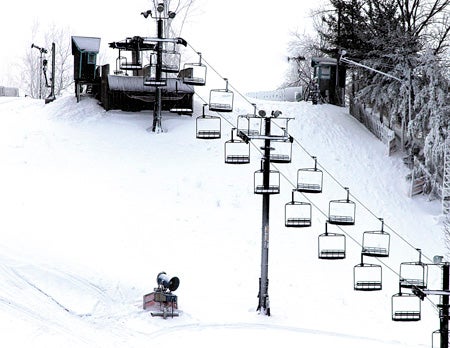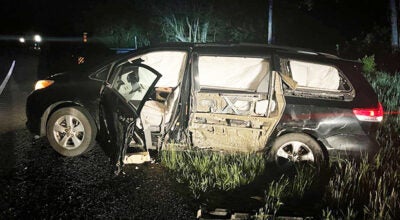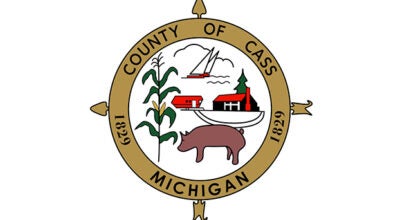Swiss Valley preparing to open
Published 7:14 pm Thursday, December 27, 2012
Swiss Valley Ski and Snowboarding Area, 13421 Mann St., Jones, fired up the snow guns Wednesday in anticipation of belatedly starting its season this weekend.
Swiss Valley, where it was 24 degrees Thursday morning, likes to open in mid-December, but 2.5 inches of natural snow which fell weren’t as influential as the prospect of several days of temperatures in the teens.
The northeastern Cass County resort’s 100 snow guns include 70 stationary and 30 mobile.
“It’s not as productive as we’d like,” Stafne said Thursday. “In layman’s terms, we turned them down. Tonight they’ll be open full blast.”
Swiss Valley plans to resurrect public New Year’s Eve parties and the midnight torchlight parade.
There will be two sessions of skiing and snowboarding, 9 a.m. to 5 p.m. and 7 p.m. to 1 a.m., with slopes closed for grooming between 5 and 7.
Free “never-skied-before” lessons in skiing and snowboarding will be available from 7 p.m. until 1 a.m.
There’s a family-style party in the café of the upper lodge starting at 7 Dec. 31 with music by DJ Fella from 8 until midnight.
The party is included with a $29 lift ticket at no extra charge.
There will also be a chalet party for adults 21 and older in the lower lodge with entertainment from 9 to 12:30 by DJ Colors of Sound.
Making snow
The relationship between temperature and humidity is called “wet bulb temperature.” Both must be low enough for snowmaking.
Snowmaking turns water into small ice crystals (snow).
Four things come into play to make this happen: ambient temperatures, evaporation, surface area and super cooling.
Ambient temperature
It must be cold outside. Even when the outdoor temperature is below freezing (32°F), snow quality can be poor or slushy because water is not staying or even turning into the frozen state.
Evaporation
The second factor is heat loss through evaporation. As water evaporates from the surface of the drop, a small amount of heat is removed from the drop itself.
Put rubbing alcohol on your arm. As it evaporates, you will experience this cooling effect.
Your body uses this process of evaporation to cool itself — sweating.
When air is humid, there is already a lot of moisture in the air. Your sweat is less readily absorbed into the air and is unable to evaporate from your skin, removing heat with it.
The same premise happens in snowmaking. When there is high humidity, the water droplet’s surface is not able to evaporate a small amount of water and remove some of the heat. Therefore, in snowmaking the “wet bulb temperature” measures the ambient temperature that takes into account the cooling effect humidity in the air allows.
Surface area
The third way water is cooled is by increasing surface area of the drop.
By increasing surface area, as much of the water is exposed to the cold as possible.
The smaller these drops are made, the greater the surface area to volume ratio.
Swiss Valley achieves proper drop size and spray pattern through highly specialized nozzles.
Super cooling
Finally, when a compressed gas (air in this case) is allowed to rapidly expand, there is a decrease in temperature. This is known as the Joule-Thomson Effect.
Conditions at the air nozzle are such that mist coming from the nucleation nozzle is able to immediately freeze.
These tiny ice crystals are then drafted into larger upper mists which seed and snap the pre-cooled water droplets into a frozen state. The result is snow falls out of the mist.







